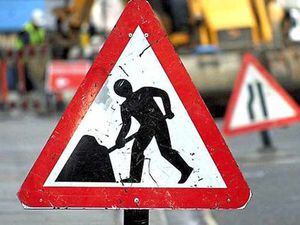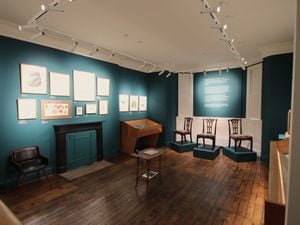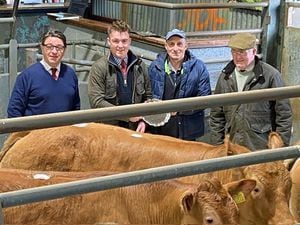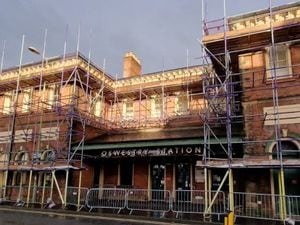Four Shropshire areas above air pollution 'national legal limit'
Four Shropshire areas are still above the "national legal limit" of air pollution, figures show - after a fifth area was recently revoked.
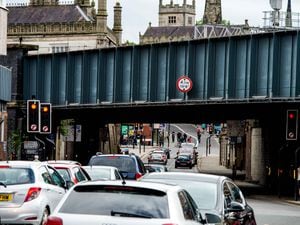
The four areas Shropshire Council’s Environmental Health Team have identified are Castle Gates/Castle Foregate around the train station in Shrewsbury, the Raven Meadows/Smithfield Road junction in Shrewsbury, Whitburn Street/Pound Street junction in Bridgnorth, and Mill Street/St Johns Street junction in Bridgnorth.
The areas have been declared as Air Quality Management Areas (AQMAs), as legal limits are exceeded.
Earlier this year Shropshire Council's cabinet voted to stop monitoring the air quality on the A483 at Sweeney, near Oswestry, because the level of pollution has dropped.
Matthew Clark, Shropshire Council’s air quality lead in regulatory services, said: “A further two are likely to be revoked later this year due to pollutant reductions over time, thanks to traffic management schemes to alleviate congestion and betterments in vehicle emissions.
“In Bridgnorth the area covered by the AQMA is relatively small and is focussed around the Whitburn Street/Pound Street mini-roundabout junction. Nitrogen dioxide, the pollutant of concern, is found at an annual average concentration of 54 units, with the national objective level set at 40, meaning that a reduction of more than 25 per cent is required to meet the legal limit."
Mr Clark added that reasons for this could be because residential properties are close to the road, which reduces the amount of air mixing that occurs to dilute pollutants before they reach residential properties, and the junction is often congested with many stationary vehicles.
He added that diesel use is "relatively high" in the county, and that a diesel vehicle can produce 10 times more nitrogen dioxide than a petrol equivalent.
Bridgnorth Mayor Ron Whittle said the biggest problem was the use of older vehicles in the town.
He said: "The air quality is an issue, particularly for people who live in those streets, it's not something that's going to be solved quickly.
"The biggest problem with this is older vehicles which are not fitted with the latest filtration equipment.
"The traffic is very often slow moving, revving their engines, with all that additional stuff coming out that causes a problem."
Mr Clark said: "Individuals can help make a difference by considering their modes of transport.
“Shropshire Council introduced emission standards for licensed taxis in 2015 and is considering many available actions to reduce air pollutants, including encouraging behaviours that can help improve air quality and traffic improvements that ease congestion.
"For example, the Whitburn Street relief road reduced pollution levels along Whitburn Street and High Street in Bridgnorth."

